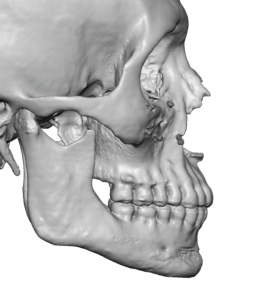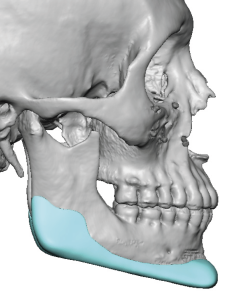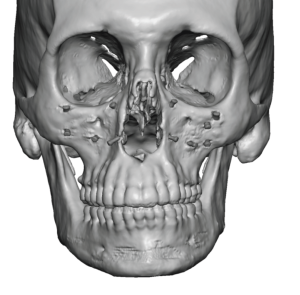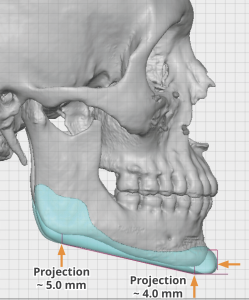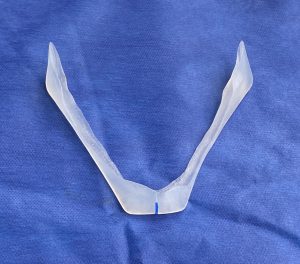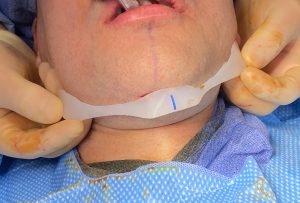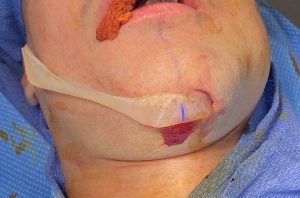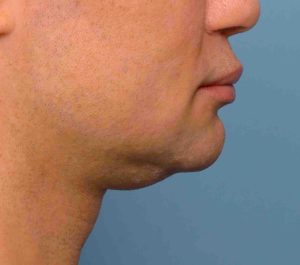Background: While the chin used to be the only part of the jawline that was augmented, such aesthetic changes are now done for the rest of the jawline as well. Standard styles of jaw angle implants exist as well as the most contemporary custom jawline implant which changes the shape of the entire jawline.
The primary dimension that is perceived and done in aesthetic jaw augmentation is in the horizontal dimension. Making the chin come further forward or the jaw angles to be wider are the typical dimensional changes done. While such changes may be adequate for many patients the horizontal dimension alone does not work for all patients. The need for a vertical dimension change is often overlooked or misdiagnosed. Part of the reason for this is that few standard chin and jaw angle implant styles incorporate that as part of the implant design. Thus surgeons think of what can be done as the implant styles that exist.
But when it comes to custom jawline implants there are far less restrictions in the shape and size of the implant designs…other than whether the soft tissues can bear the implant load. The need for some part of the jawline to have a vertical augmentation is one of the many reasons one would go the custom route over a standard implant. While developing the pocket and doing a subperiosteal release along the inferior border is a necessity for the placement of such jawline implant designs, there is also an often unappreciated aesthetic benefit that comes from vertical augmentation of the jawline.

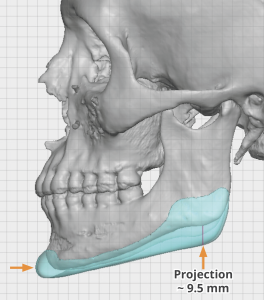

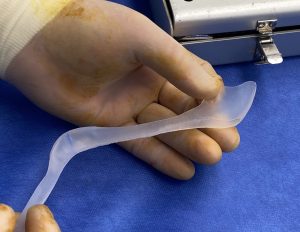
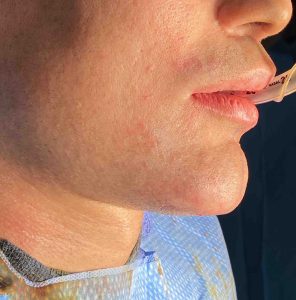
Case Highlights:
1) The most common dimensional need in jawline augmentation that is often overlooked is in the vertical dimension.
2) In vertical lengthening the jawline with an implant the entire inferior border of the mandible must be released to allow the implant to fit into proper position.
3) One of the aesthetic benefits of vertical lengthening of the jawline is its neck lifting/tightening effect.
Dr. Barry Eppley
World Renowned Plastic Surgeon



